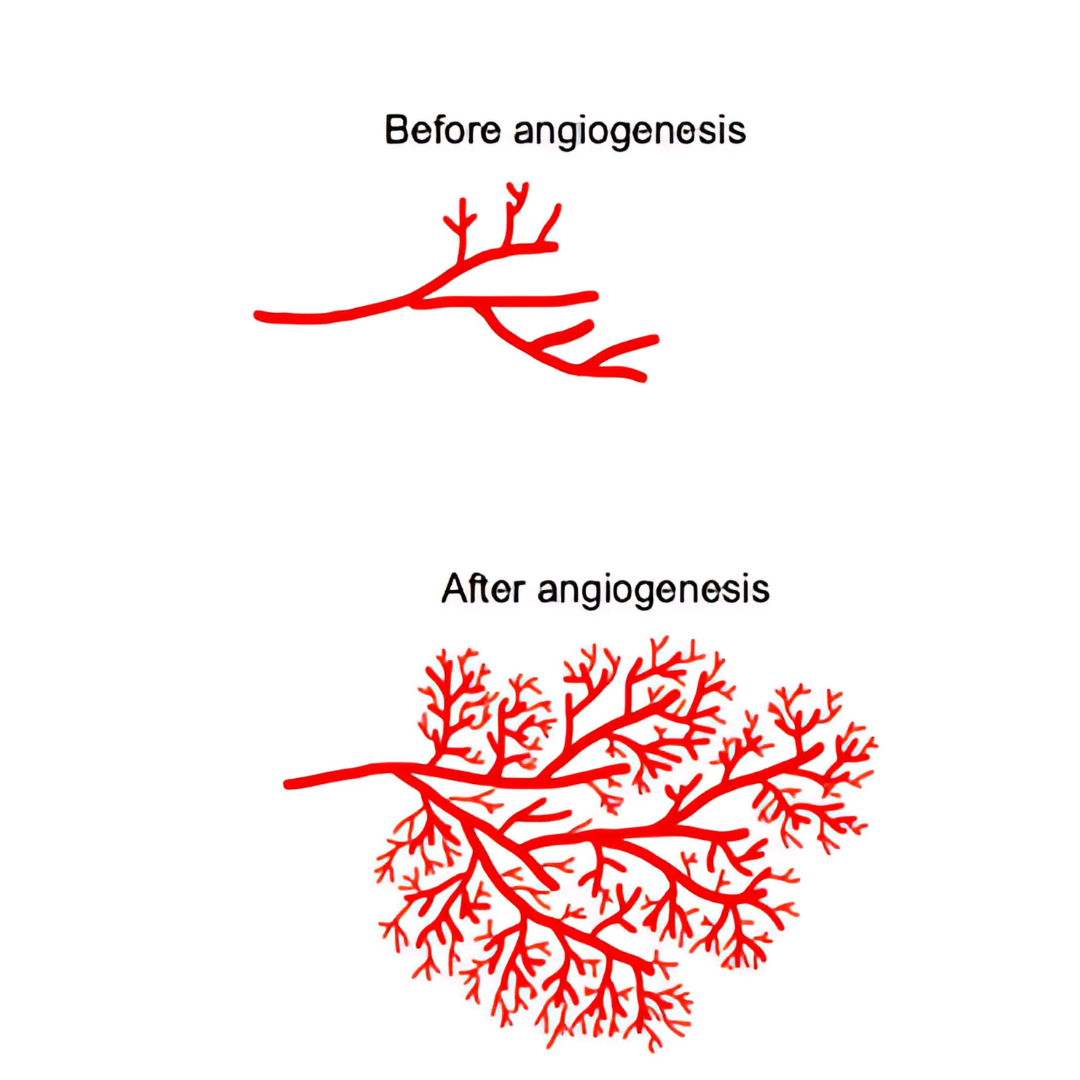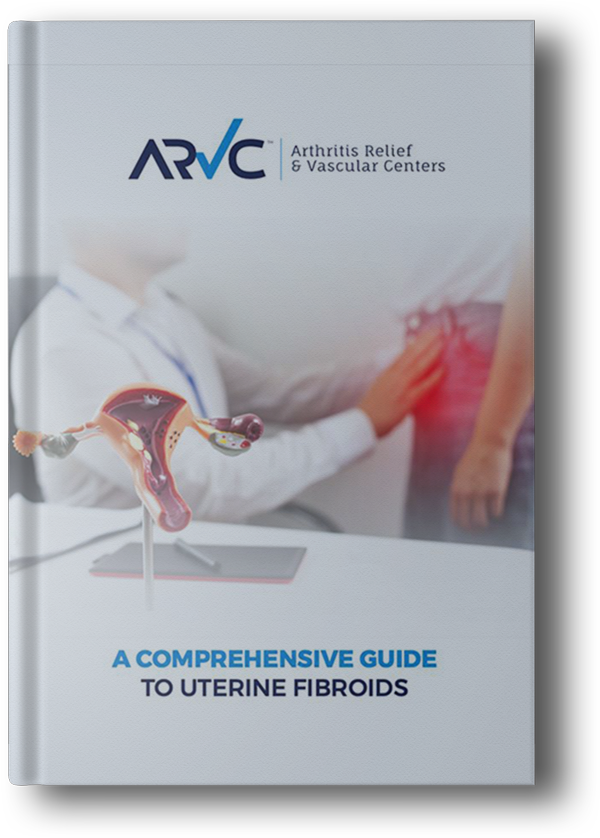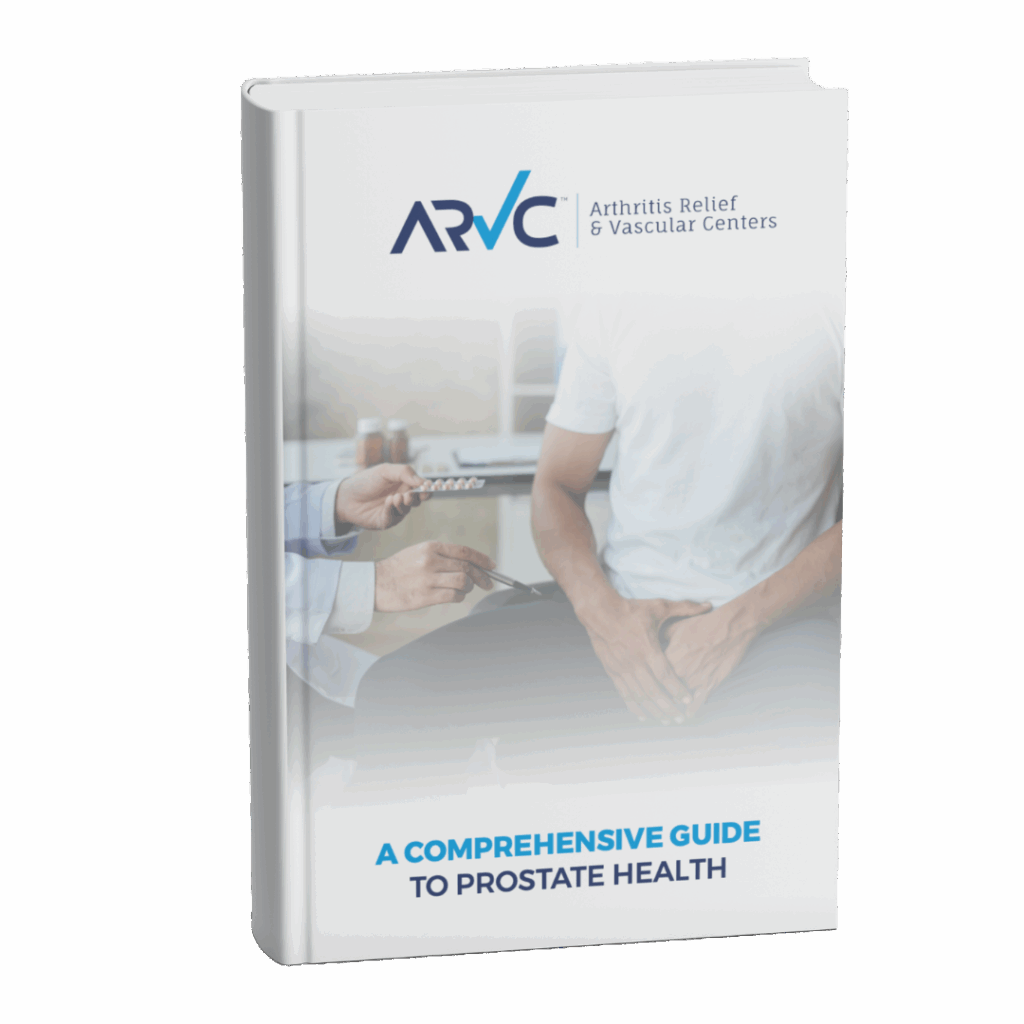Angiogenesis: The REAL Source of Your Inflammation
When a part of your body is chronically inflamed—whether it's an arthritic knee, a case of plantar fasciitis in your foot, or a 'frozen' shoulder—the area's natural healing process can go into overdrive. Normally, your body creates tiny new blood vessels to help heal an injury, a process called angiogenesis. This is essential for wound repair. However, in chronic conditions like osteoarthritis, tendonitis, and others, this process doesn't shut off. These new, abnormal blood vessels bring with them sensitive nerve endings, creating a persistent cycle of inflammation and pain that can make the original problem even worse.
The Cartilage Breakdown Effect
In an arthritic joint, as the cartilage breaks down, it triggers a cascade of events. One of these is the release of certain factors that encourage the formation of new blood vessels in the joint tissues, particularly in the synovium (the lining of the joint), in order to try and heal the tissue. The bad news is that the arthritis never heals and the angiogenesis never goes away. In fact it gets worse, which causes even more inflammation.

The Problem With Angiogenic Blood Vessels
These young angiogenic blood vessels are immature and fragile causing them to leak fluid and inflammation into the joint. This leakiness allows inflammatory cells and molecules that are already present in the arthritic joint to create more and more inflammation, swelling and chronic pain.
Think of it like opening up new highways for the bad guys to get in and cause trouble! This just adds more fuel to the fire.
The Inflammation Cycle
These inflammatory cells then release even more inflammatory substances, creating a vicious cycle. This ongoing inflammation damages the cartilage even further, contributing to the progression of osteoarthritis.
-
Nerve Growth
But wait, there's more! These new blood vessels also sprout nerve fibers along with them.
These new nerves can become hypersensitized, meaning they become more easily triggered and send pain signals more readily.
-
Double Impact
So, not only does angiogenesis contribute to inflammation, but it can also directly increase your sensitivity to pain in the osteoarthritic joint. -
Vivid Analogy
It's like the joint is not only inflamed but also has a souped-up pain alarm system.
The Solution: Embolization Therapies
So, in a nutshell, angiogenesis fuels the fire of inflammation by providing pathways for inflammatory cells and molecules, and it can crank up the pain signals by bringing in more sensitive nerve fibers.
Now with embolization therapies for the knee (GAE), shoulder, hip and plantar fascia (PFE), we can treat the true source of inflammation and pain once and for all.


